Delhi city guide: Where to stay, eat, drink and shop in India’s underrated capital
Far from simply being your flying-in point for a wider cultural tour, this business hub packs a huge amount of culture, architecture and authentic food into a few days. Pause, decompress and explore, says Lucie Grace

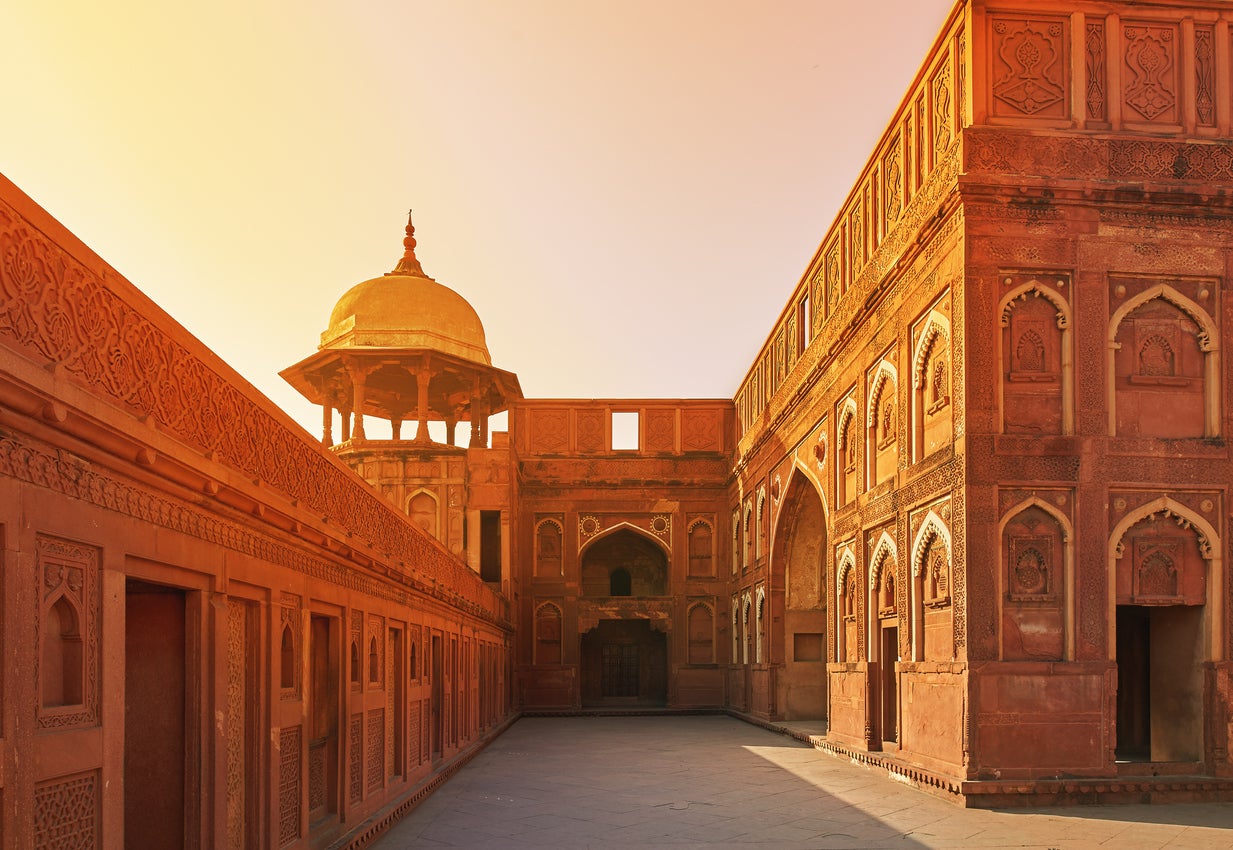
Delhi is often dismissed as a hectic beast of a city by international visitors, who land at Indira Gandhi airport, give the illustrious metropolis a jet-lagged night or two, then zip off in search of beaches and backwaters. This is a rookie error, as Delhi is not the place to wander when you’re short on time and exhausted post-flight.
In fact, there’s so much to absorb in India’s capital, which manages to be both sharply modern and hazily ancient. The first incarnation of the city, Indraprastha, is believed to have been established 5,000 years ago, so calling it “historically rich” is a bit of an understatement. Work this India stop into your itinerary when you are fully charged and ready to take in the wow factor of one of the oldest cities in the world: consider tacking on a few days after a tour to explore it before you leave. Delhi’s utterly unique, soulful spirit is still present – as long as you take the time to look for it.
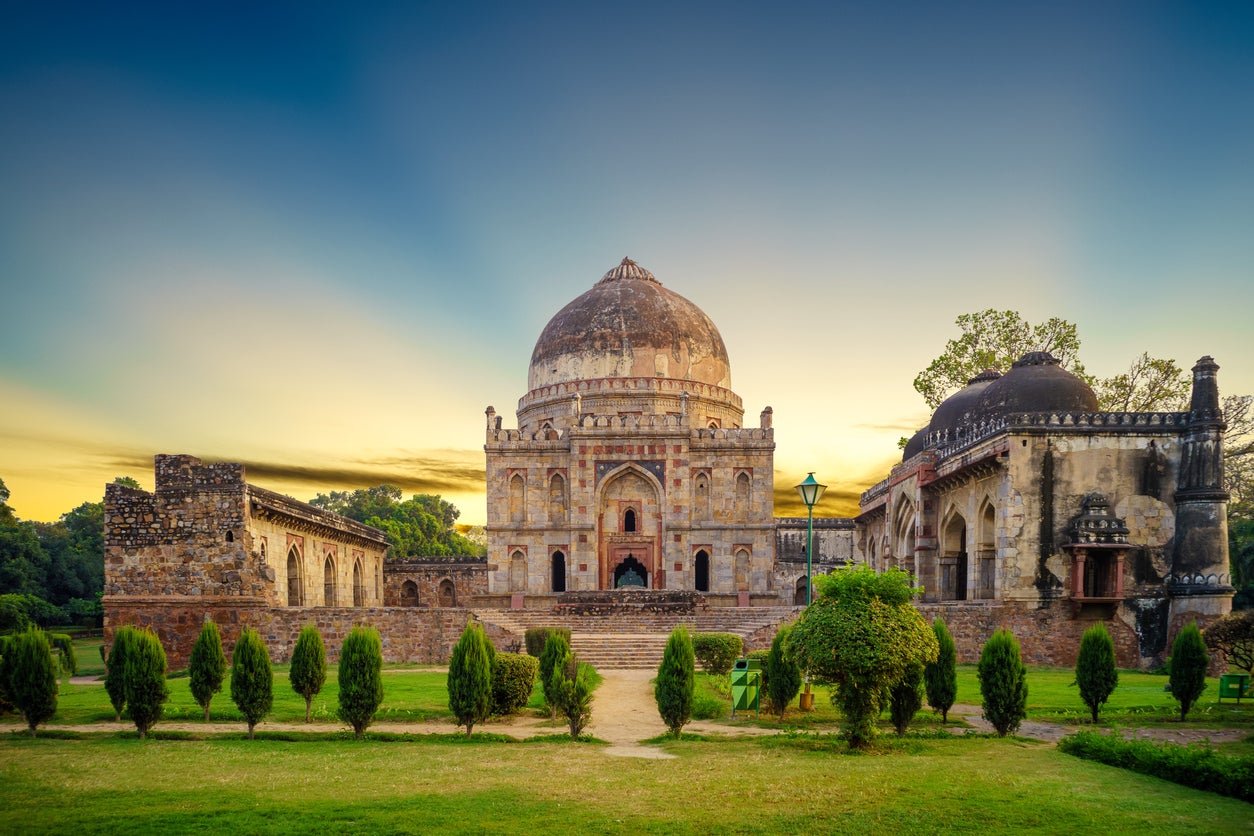
What to do
Park life
Delhi is surprisingly green, with leafy parks and expanses of forested land dotted around every corner of the vast city. This is thanks to the tombs and ruins, which were respected by the centuries of predecessors who built artfully around them. Consequently, the city is absolutely packed full of archaeological sites, with more ruins to visit than Rome. The best of these ancient relics of bygone empires are in Lodi Gardens, full of 15th-century tombs, and Hauz Khas Park, with its 14th-century palace. Or take a tuk-tuk south to Mehrauli, where the 12th-century Qutab Minar complex will knock your socks off.
Spiritual landmarks
Whatever your position on religion, it’s impossible to visit India and not be moved by its spirituality and wide range of devout faiths. Delhi is a macrocosm of this – a city pulsing with belief, the perfect place to dive into the divine. Whether paying a visit to the huge Hindu Akshardham temple; taking in a hymnal qaali service at the Hazrat Nizamuddin Auliya Dargah sufi shrine; seeing the Jama Masjid mosque; or Jain temple Sri Digambar Jain Lal Mandir, with its bird hospital; or listening to shabads sung at the Sikh Gurudwara Shri Bangla Sahib, be sure to dress appropriately and act respectfully.
Magnificent architecture
India’s capital is an architecture enthusiast’s dream. Home to the most stunning Mughal buildings this side of Agra, visitors to Delhi really can’t miss the sprawling Red Fort (formerly the Mughal royal palace), the illustrious Humayun’s Tomb, and the slightly faded Safdarjung’s Tomb. If it’s Modernism you’re after, give yourself a tour of Luytens’ imperialist structures in New Delhi – most are closed to the public as they are government buildings now, but Jaipur House (home to the city’s Modern Art Museum) and Bikaner House are usually accessible. Or for a touch of Indian-style Brutalism, check out Kuldip Singh’s 1980s masterpieces, the National Cooperative Development Corporation “pajama” building in Hauz Khas, along with the Palika Kendra Building.
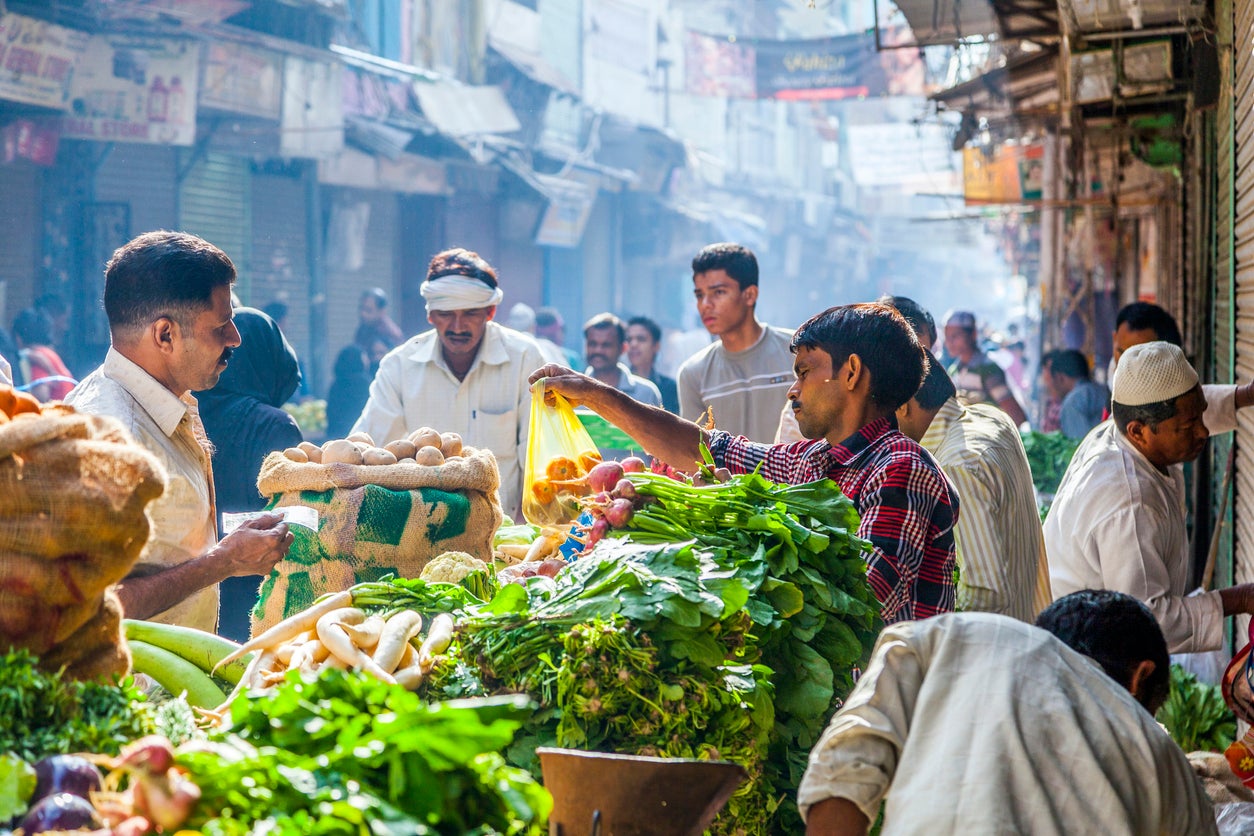
Where to stay
It goes without saying that Delhi is a huge city with a multitude of neighbourhoods and environments, from the leafy suburbs of Hauz Khas to the delightfully chaotic alleyways of Chandni Chowk market, in the heart of Old Delhi. If you want to dive into the deep end, go for the truly immersive experience of staying at a breathtaking heritage property, Haveli Dharampura. One of the few remaining traditional Mughal-style “haveli” houses in the old city, the Dharampura is restored to its former glory and offers some of the most ornate rooms in the city, plus wonderful views of the area from the roof terrace. Doubles from £110, B&B. havelidharampura.com
Another showstopping period property just north of Old Delhi is Maidens Hotel, in the former colonial era Civil Lines neighbourhood. The Edwardian-style building is all columns and arches, with huge gardens and two swish swimming pools to enjoy after touring the city. Doubles from £64, B&B. maidenshotel.com
For excellent Airbnb options and cleaner, greener air, go for a stay in Hauz Khas. Sarai Khaas is a stunning rental apartment with a view of the park below; it’s £50 per night for the whole space or you can rent individual rooms. Elsewhere, The Lazy Patio homestay fits up to eight guests for £140 a night, which is great for families and groups.
Also in the area is the most unique hostel in town, Jungle Mei Mangal, whose single bedrooms boast futuristic interiors by host Nitin, who’s used recycled tech and plastics to weave his creative hub. Singles from £10, room only.
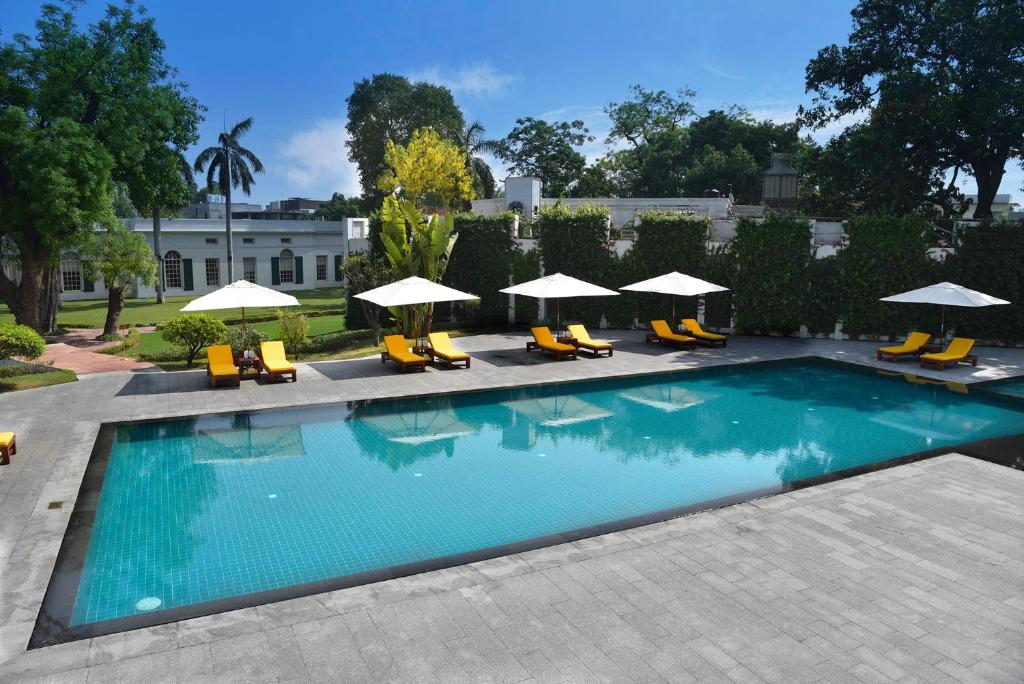
Where to eat
While a number of cities in India vie for the hot title of culinary capital, Delhi is certainly making a good go of it, notable for both the quality and diversity of cuisines available. You can find dishes from all corners of the world in this multicultural metropolis, but more importantly, from all corners of India. For the ultimate Delhi meat feast head to the original branch of Karim’s Hotel in Chandni Chowk, a local institution who’ve been serving their Mughalai cuisine for more than 100 years, including the famous mutton burra kebab.
If you’re not quite brave enough to try the street food here, but need a quick fix on the move, duck into a branch of Haldiram’s, which you’ll find dotted all around Old Delhi. It’s an ultra-cheap canteen and a favourite since opening in the 1930s. For a sit-down dining swoop down to New Delhi’s Connaught Place. The Edwardian shopping arcade is stuffed full of great restaurants, including the legendary United Coffee House, which has been around since 1942 (the plush, nostalgic interior decor is a giveaway) and makes the best black daal makhani in the city. For Punjabi specialities, cross the crescent to Daryaganj Restaurant, another local institution since the 1940s, and be sure to order from the incredible tandoori menu.
Down in Hauz Khas, Naivedyam is the best South Indian restaurant in the city, whose dosas are the best outside Kerala. Veggies will fare well in the residential area of Kailash, where Juggernaut serves tip-top vegetarian and vegan dishes and Greenr Cafe offers the best health food around.

Where to drink
There’s a great cafe scene in Greater Kailash, the swanky residential neighbourhood in the southeast of the city. Die-hard coffee fans will want to check out Caffena, a small independent roaster with a takeaway operation where you can pick up a brew or some beans to go. There’s a Coffee Bond, in the same area, a stellar Australian-style chain which is serious about its beans and much loved by Delhiites. Plus Blue Tokai Coffee has a Kailash branch – this is India’s up and coming local coffee brand, which has more than 20 coffee farms and three roasteries across the country.
For the night owls, heading to the southern suburbs is a good place to start. South Delhi is awash with great bars, like gastro gurus Dear Donna, who specialise in refreshing spritzers, and Sidecar, a chic cocktail spot whose fastidious bar staff will keep you entertained with their artisanal mixes until the small hours. PCO in Vasant Vihar is a fun speakeasy-themed haunt requiring a password to get in, so drop them a line in advance. And for the music heads, The Piano Man Jazz Club in Hauz Khas hosts live music daily in their classy, wood-panelled joint that sees both local and international talent play for a keen crowd of regulars.
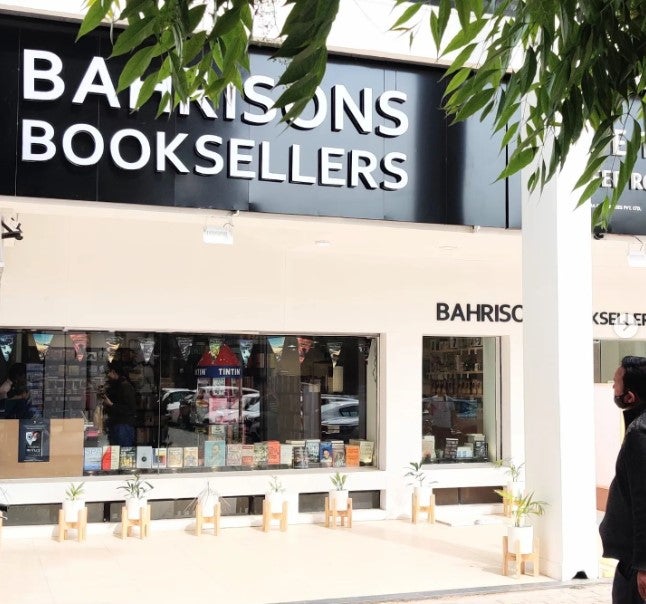
Where to shop
Delhi has some of the best shopping malls in India, home to all the Asian and Western brands you could possibly need. But if it’s local wares you’re after, head to Dilli Haat – the local government’s attempt to recreate a village marketplace. It might feel a little staged, but it is undeniably handy to have traditional arts and crafts from all corners of the country on sale at these regionally themed stalls. Domestic tourists love this spot for the wide ranging goods that include silverware, silks and spices, as well as the food hall.
Khan Market is a historically renowned shopping hub and home to Bahrisons Booksellers, one of the best bookshops in Delhi. It’s a compact little mall, full of shops selling useful everyday items, so much less touristy – plus it’s chock full of restaurants.
The best antique shops are tucked around New Delhi, with the Janpath area being a particularly good street for nostalgic and spiritual rarities. Plus, the area of Chandni Chowk within Old Delhi is technically one big sprawling market, with designated lanes for woodwork, electrical appliances, textiles and even wedding dresses. Even if you’re not buying, it’s fun to just stroll and take it all in.
Architectural highlight
With a crowded field, this one’s near impossible to narrow down – but Agrasen Ki Baoli, the 10th-century step well, is a real marvel. It’s tucked away on a quiet New Delhi backstreet and free to visit.
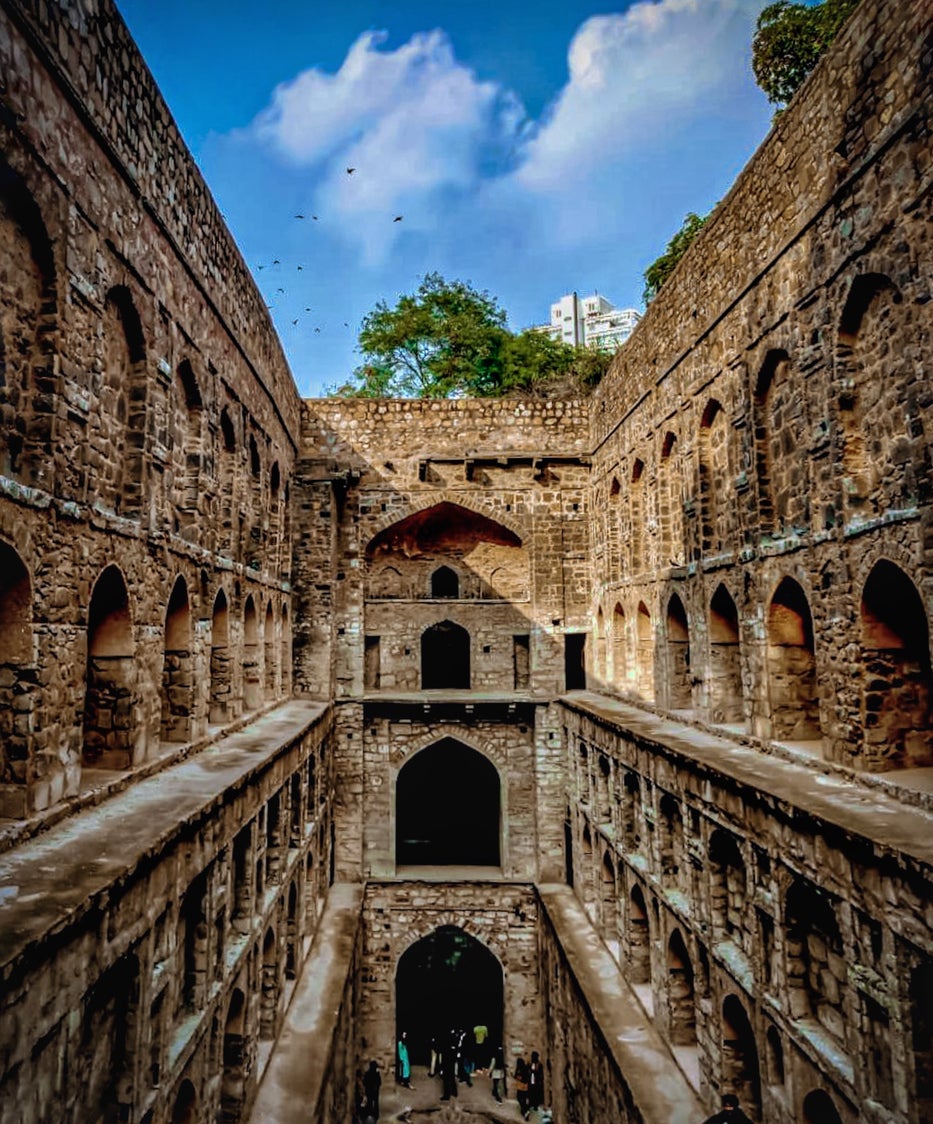
Nuts and bolts
What currency do I need?
Indian Rupees.
What language do they speak?
Hindi, Urdu and English, among others.
Should I tip?
Yes; 10 per cent.
What’s the time difference?
It’s 4.5 or 5.5 hours ahead of the UK, depending on GMT or BST.
What’s the average flight time from the UK?
Eight hours direct.
How should I get around?
The city’s Metro system is good and astoundingly cheap, but for a more scenic view of the city, use Uber to hail yourself tuk tuks and whizz around in the fresh air.
What’s the best view?
Head to the top of the minaret in India’s largest mosque, the Jama Masjid in Old Delhi. Entry is free but it’s £2 to take photos – worth the spend as the views of Chandi Chowk below are awesome.
Insider tip?
Dress appropriately for sightseeing (no shorts, vests or sleeveless T-shirts) and wear shoes that are easy to slip on and off, so your attire doesn’t stop you from getting into temples and other religious buildings.
Getting there
Trying to fly less?
In conflict- and Covid-free times, it was possible to take the train from the UK all the way into south Asia – but it involves going through Russia (which the Foreign Office is advising against all travel to) for the Trans-Siberian railway to China (not currently open to Brits). Getting into France by train, you could travel by cargo ship from Le Havre in France to Singapore, then take the train on to Bangkok (via Kuala Lumpur and Penang in Malaysia), but getting between Bangkok and Delhi involves a more than two-day drive.
Fine with flying?
Virgin Atlantic, British Airways and Air India all fly direct from the UK to Delhi.
Join our commenting forum
Join thought-provoking conversations, follow other Independent readers and see their replies
Comments
Bookmark popover
Removed from bookmarks